Food
Virgilio Martínez: What’s On My Plate
virgilio introSupermarkets? Puh-lease. Chef Virgilio Martínez follows his adventurous palate into the wilds of Peru in search of ingredients. Find out which native root vegetable is currently the (earth) apple of his eye…
0/11
Food
Virgilio Martínez: What’s On My Plate.
1“I love working with tubers in general. They are closer to the Andean soil in Peru, and they are tightly bonded to culture and Peruvian identity. Of course there are potatoes (in many, many varieties) and also yuccas (manioc root), sweet potatoes and ollucos, but there is a particular tuber I find outstanding: the mashwa. They offer so much in texture, form, colour and flavour, and, of course, in aroma.”
1/11
Food
Virgilio Martínez: What’s On My Plate.
2“We find them in distinct regions of the Andes: in valleys between the highest mountains of Cusco, and Ayacucho and Junin. Our suppliers, for instance, grow mashwas in Condorcocha – Ayacucho (3,634 MASL) and Huancayo – Junin (3,259 MASL).”
2/11
Food
Virgilio Martínez: What’s On My Plate.
3“The flavour is a close to a radish or a very light horseradish, a little mustardy with a light touch of chili pepper. There is a sweet touch as well. The curious thing is that when growers place the freshly harvested mashwas on the ground under the sunlight for several days, they become very sweet (the starches become sugars as a result of 5-7 days of sun exposure). It is interesting to note that the taste is like a combination of both fruit and fertile ground.”
3/11
Food
Virgilio Martínez: What’s On My Plate.
4“In the culinary world, the mashwa is attractive because of its versatility. For example, we use the dehydrated skins to prepare a broth which, depending on the variety, may come out differently. They can be consumed raw or cooked, steamed, fried, smoked, boiled, mashed, with an emulsion, as a sauce, as a thickener, or a sweetener. The possibilities seem infinite.” [Photo: Wikimedia Commons]
4/11
Food
Virgilio Martínez: What’s On My Plate.
5“The usefulness of mashwas goes back to pre-Inca times. These roots are present in Andean rituals, in Pachamanca/Huatia, in traditional cooking. I would love for it to be present in most Peruvian dishes, but right now it is not yet. It is so among Andean communities, though, where culturally it is common to include mashwa in stews, and soups – used as any other vegetable – or in desserts as well.”
5/11
Food
Virgilio Martínez: What’s On My Plate.
6“[When preparing mashwas] I really like to work with textures. For example, I use them uncooked, steamed, fried, in a broth, or with caramel. We use them a lot in the sweet world, or as an ingredient in salads. We like to eat them whole; cooked or crusted with Maras salt.” [Photo: Wikimedia Commons]
6/11
Food
Virgilio Martínez: What’s On My Plate.
7“For example, stir together 2 pounds of Maras salt, 3 egg whites and 1/2 cup water. Use this mixture to completely cover each of 6 mashwas, then bake in the middle of the oven for 30 minutes at 450F/230C.”
7/11
Food
Virgilio Martínez: What’s On My Plate.
8“The mashwa served alone is just perfect. I think that uncooked is not only practical, but also simplicity defined. We can feel the crunchy texture and natural softness. Sometimes it’s sufficient just to use a mandoline, then marinate it with herbs. We like paico, huacatay or muna that we can find near the mashwas.”
8/11
Food
Virgilio Martínez: What’s On My Plate.
9“With all of these incredible characteristics, how am I not going to enjoy working with it? This is a powerful product that inspires, is incredibly useful and versatile, with different notes in aromas and flavours. It awakens our creativity and keeps us attached to our Peruvian Andes.”
9/11
Food
Virgilio Martínez: What’s On My Plate.
10Virgilio Martínez’s Central Restaurante in Lima – currently Latin America’s #1 restaurant and #4 in the world – is part of a food revival that’s putting Peruvian cuisine centre stage in the gourmet theatre. And Martínez is the headlining act. While his modern Peruvian cuisine can also be sampled in Cuzco at his restaurant Senzo, as well as his two restaurants in London (and one soon to be opened in Dubai), his voice can be heard here, as an American Express Global Citizen and regular contributor. centra lrestaurante.com.pe
10/11
Food
Virgilio Martínez: What’s On My Plate.
virgilio poll11/11

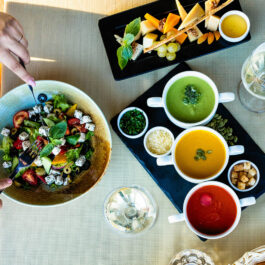
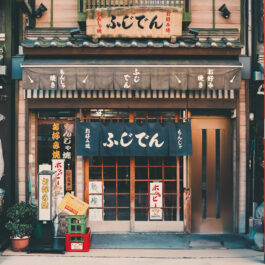
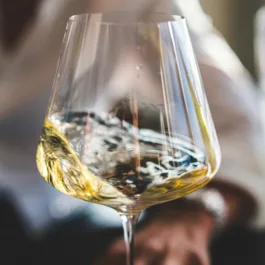
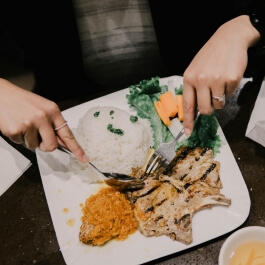
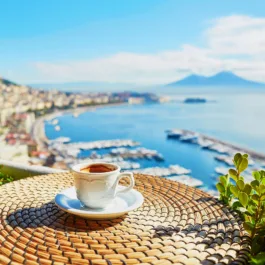
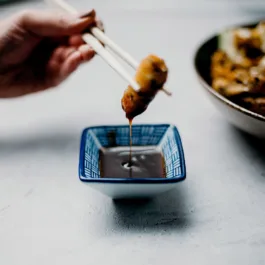
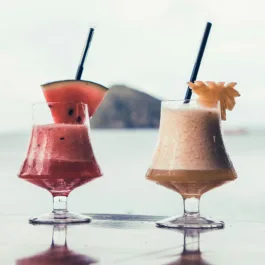
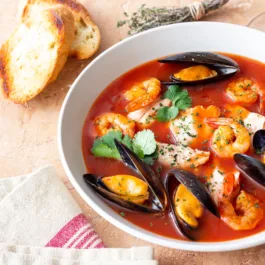
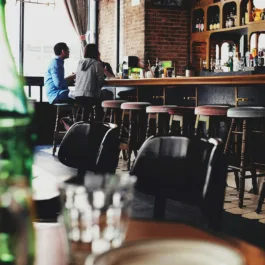
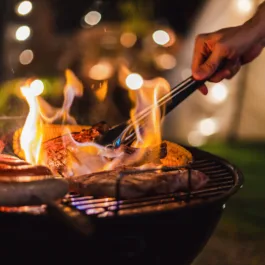


Sorry, the comment form is closed at this time.